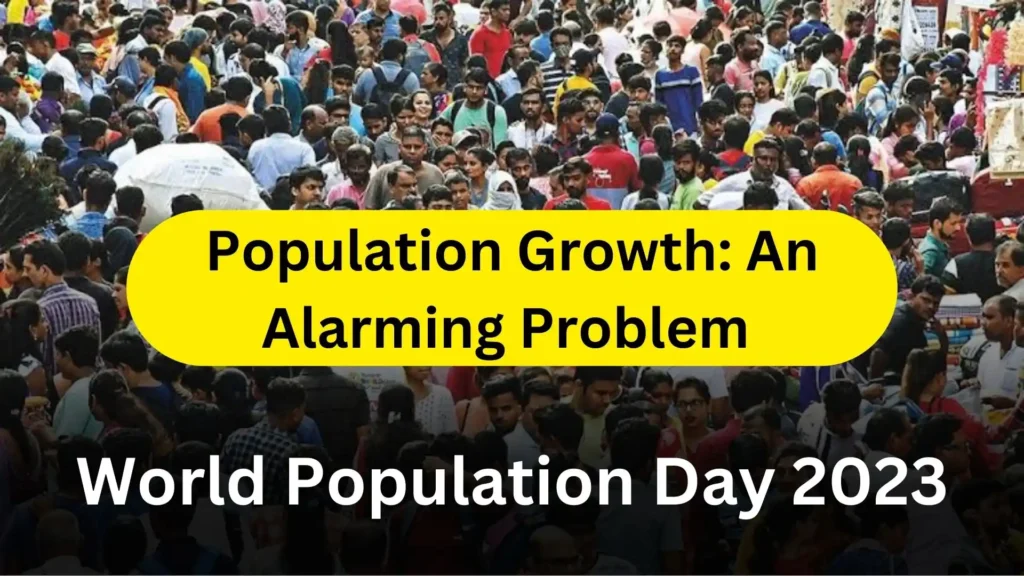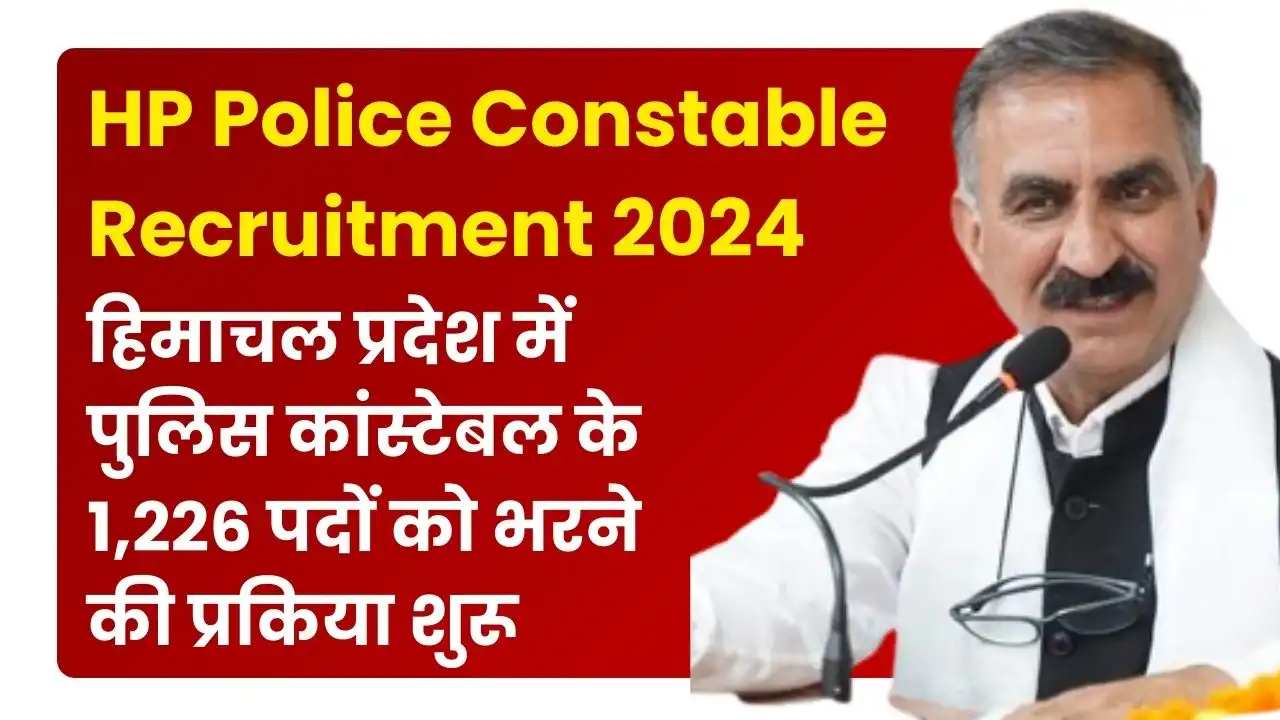World Population Day is observed on July 11th every year. It serves as an important global awareness day to focus attention on various population issues and their impact on the world. The day was established by the United Nations Development Programme (UNDP) in 1989. The significance of World Population Day lies in raising awareness about population-related challenges and promoting reproductive health and rights. It aims to highlight the importance of sustainable population growth, access to healthcare, family planning, gender equality, and education.The observance provides an opportunity to address issues such as overpopulation, demographic shifts, poverty, maternal health, and environmental sustainability.

It encourages governments, organization’s, and individuals to take action towards improving the well-being of people, fostering development, and creating a more equitable and sustainable world. Through events and campaigns, World Population Day seeks to promote dialogue, encourage responsible decision-making, and emphasize the need for comprehensive policies and programs to address population-related issues on a global scale.
History of World Population Day
World Population Day was recognized by the United Nations Development Programme (UNDP) in 1989. It was created to draw attention to pressing population issues and their implications for global development. The date, July 11th, was chosen to commemorate the milestone of reaching a world population of 5 billion people on July 11, 1987.
The observance aims to promote awareness about population growth, reproductive health, family planning, gender equality, and sustainable development. It serves as a platform to advocate for policies and programs that address population challenges and contribute to a better future for all. Since its inception, World Population Day has been celebrated annually with events, campaigns, and initiatives worldwide.
Trending
Population Growth: An Alarming Problem of India
India’s population has indeed been steadily increasing over the years. As of July 2023, India has already surpassed China and has registered a mammoth size population of 1.42 billion people. This growth can be attributed to various factors such as declining mortality rates, improvements in healthcare, advancements in medical technology, and increased life expectancy.
The steady increase in India’s population poses both opportunities and challenges for the country. On the positive side, a large population can contribute to a significant workforce, fostering economic growth, innovation, and diversity. It also presents a vast consumer market and potential for entrepreneurial ventures. However, managing such a large population requires effective governance, infrastructure development, and provision of essential services like education, healthcare, housing, and employment opportunities.
Challenges arise in ensuring equitable distribution of resources, addressing poverty, reducing unemployment, and providing access to quality healthcare and education for all. It also puts pressure on natural resources, infrastructure, and the environment. Some points will be discussed now.
Impact of Population Growth India
The rising population in India has significant socio-economic and environmental implications for the country. While population growth presents opportunities for a larger workforce and consumer market, it also poses challenges in terms of resource allocation, social infrastructure, and economic development. Here are five key points to consider regarding the socio-economic impact of population rise in India:
1. Unmployment: The rapidly growing population in India presents a looming challenge rather than a demographic dividend. The larger workforce that accompanies this population growth creates a burden on the economy instead of contributing to economic growth. This failure to generate enough jobs results in rampant unemployment and underemployment, leading to widespread social unrest and dissatisfaction among the population.
2. Pressure on Natural Resources: With a larger population, there is increased pressure on natural resources such as land, water, and energy. This can lead to resource depletion, environmental degradation, and competition for limited resources.
3. Healthcare and Education: The rising population places demands on healthcare and education systems. Adequate provision of quality healthcare services, including preventive measures, hospitals, clinics, and trained medical professionals, becomes essential. Similarly, ensuring access to quality education, schools, and skilled teachers becomes challenging with a growing population.
4. Poverty and Inequality: Population growth can exacerbate poverty and income inequality if not accompanied by inclusive growth strategies. Rapid urbanization and unequal distribution of resources can lead to slums, inadequate housing, and social disparities.
5. Infrastructure Development: The growing population necessitates infrastructure development to support urbanization, transportation, housing, water supply, and sanitation. Building and maintaining adequate infrastructure becomes essential for improved living standards, efficient connectivity, and sustainable urban development.
How to Control the Situation?
It is important for India to strike a balance between population growth and sustainable development to ensure a better quality of life for its citizens and future generations. Controlling population growth in India requires a comprehensive approach involving various strategies and initiatives. Here are key points to consider:
1. Awareness and Education: Promoting awareness about the benefits of smaller families and educating the population about family planning methods are crucial. Comprehensive sex education and reproductive health services should be accessible to all, empowering individuals to make informed decisions about their family size.
2. Improved Healthcare: Strengthening healthcare infrastructure, especially in rural areas, can contribute to population control. Accessible and affordable healthcare services, including reproductive healthcare, contraceptives, and family planning counseling, should be made available to all segments of society.
3. Empowering Women: Gender equality and women’s empowerment play a vital role in population control. Efforts should focus on ensuring access to education, economic opportunities, and reproductive rights for women. This can result in delayed marriages, increased female workforce participation, and smaller family sizes.
4. Incentives and Policies: Implementing incentive-based programs, such as cash incentives for adopting family planning methods or providing tax benefits to small families, can encourage population control. Additionally, effective policy measures, including promoting child spacing, promoting two-child norms, and discouraging early marriages, can contribute to population stabilization.
5. Access to Family Planning Services: Strengthening the availability and accessibility of family planning services, contraceptives, and reproductive healthcare facilities is crucial. This includes ensuring their availability in rural areas, marginalized communities, and economically disadvantaged regions.
6. Collaborative Efforts: Government agencies, NGOs, and community-based organisations should collaborate to implement population control programs effectively. Such collaborations can aid in raising awareness, providing services, and monitoring the progress of population control initiatives.Implementing a combination of these strategies can help in controlling population growth in India. It requires a multi-sectoral approach involving education, healthcare, women’s empowerment, policy interventions, and collaborative efforts to achieve sustainable population control and foster socio-economic development.
| Join Telegram 🔥 | Click Here |
| Join WhatsApp Group | Click Here |
| Read more related articles | National Doctor’s Day 2023: Theme, Significance, Why it is celebrated |






